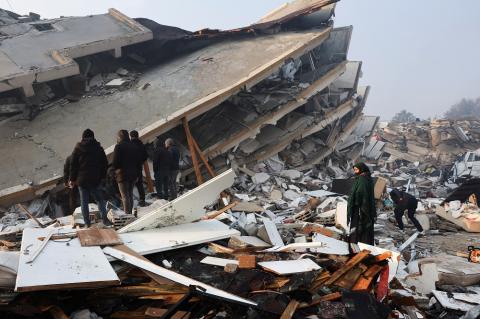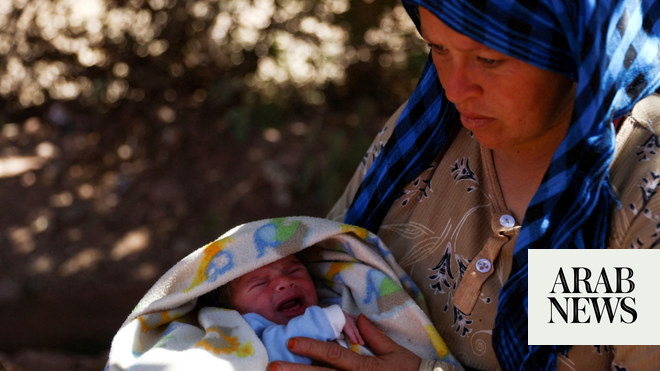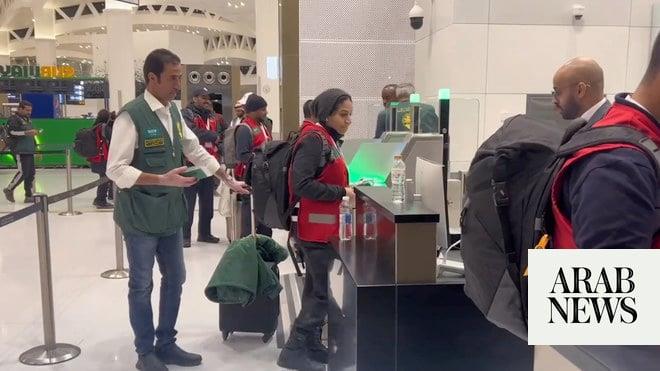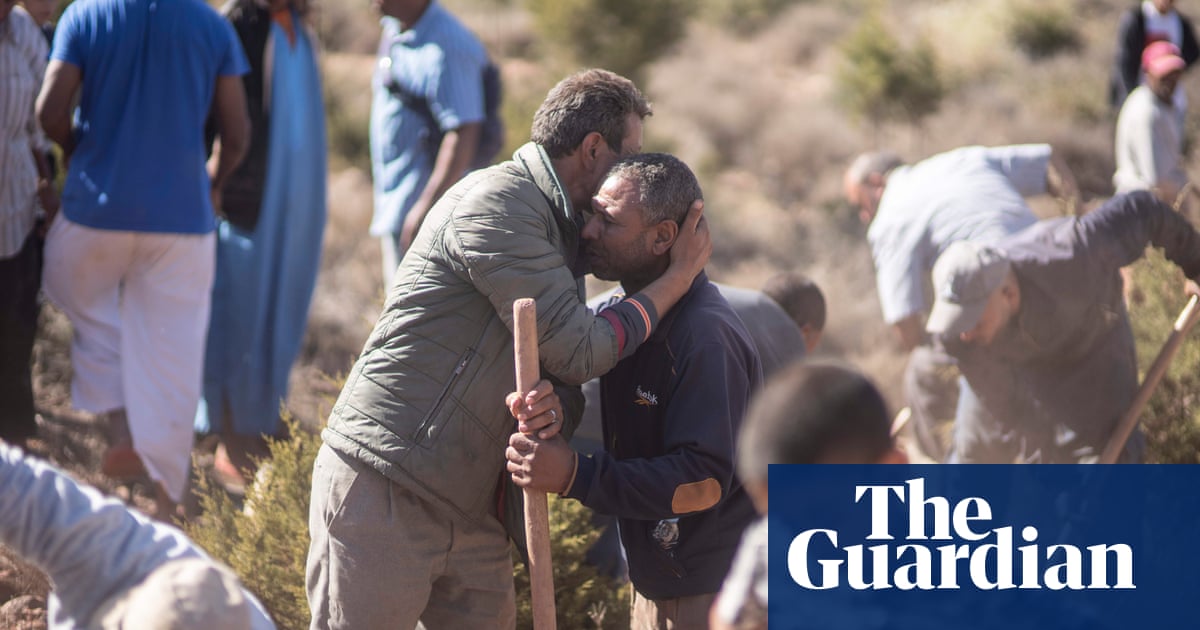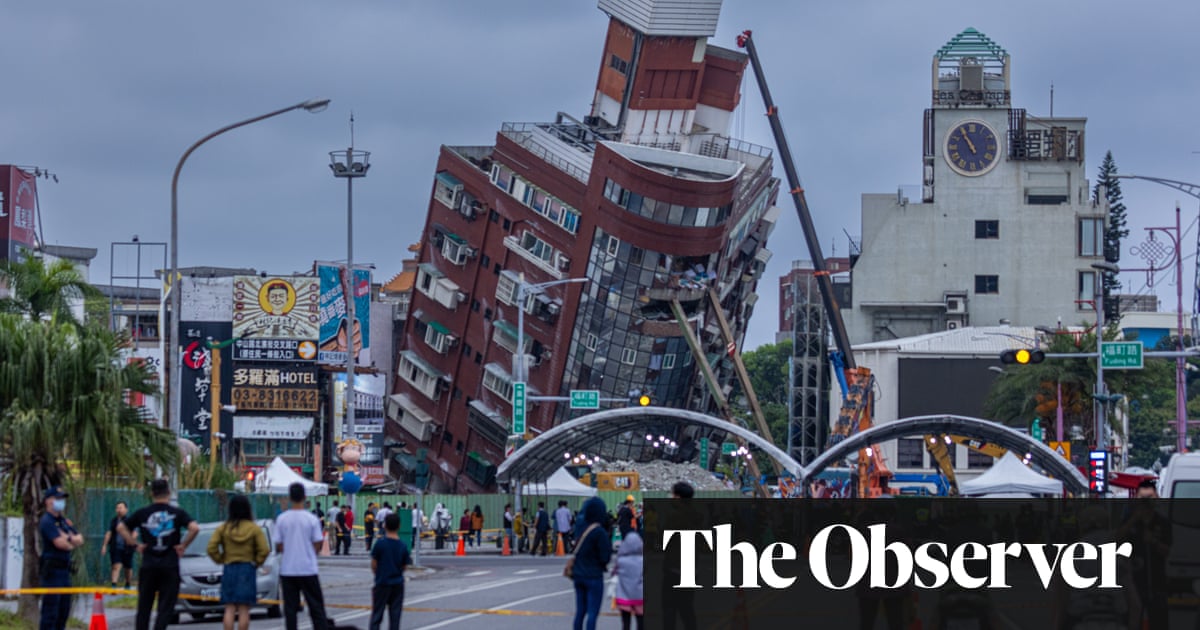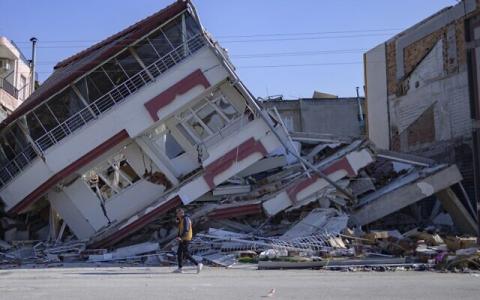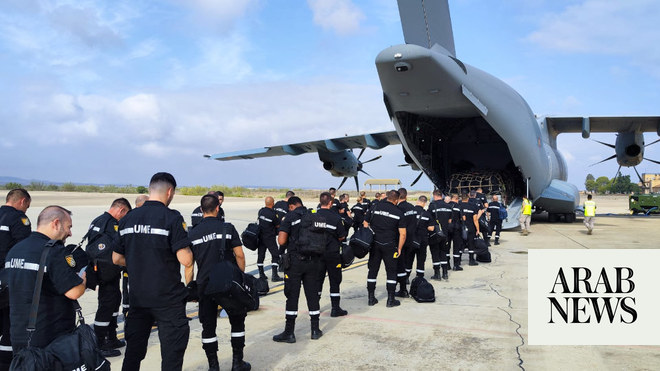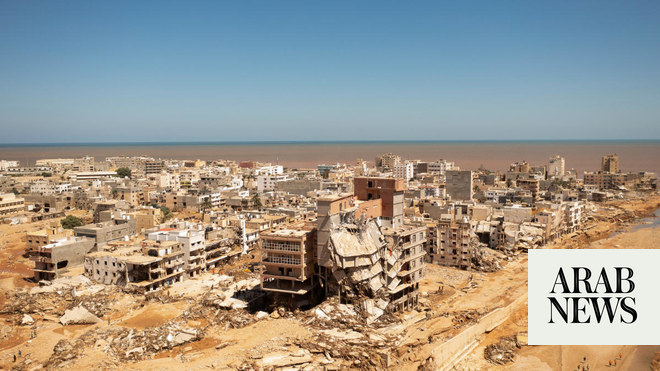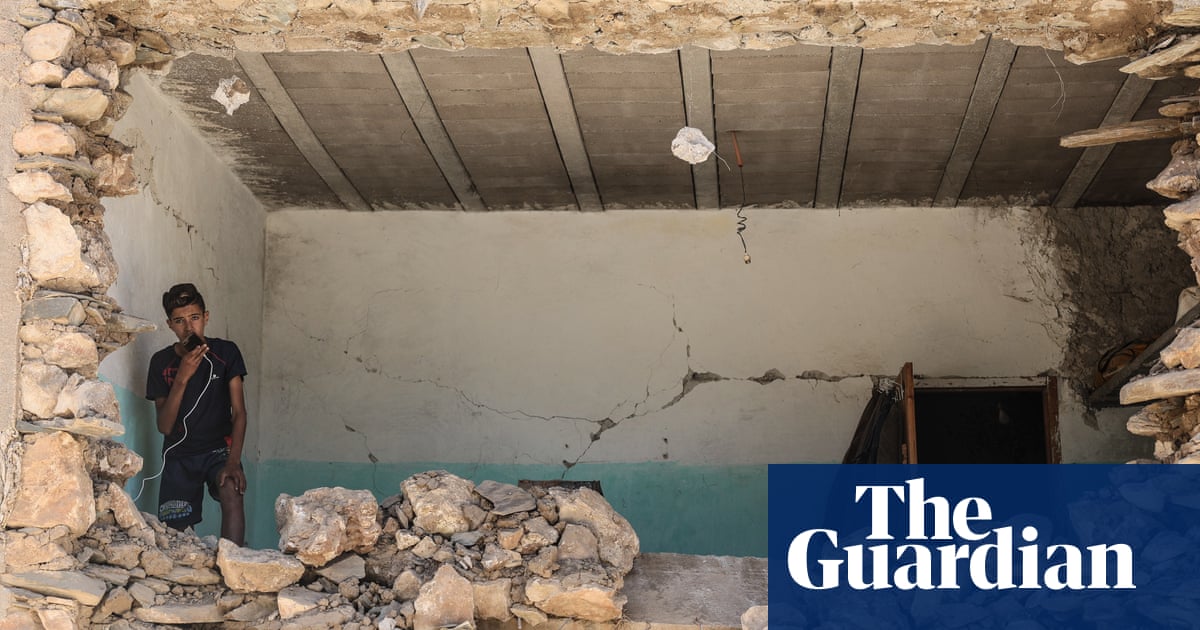
The death toll in the Moroccan earthquake has passed 2,600 people as a limited number of foreign aid and rescue teams joined an intensifying race against time to find any remaining survivors high in the Atlas mountains, where many villages remain inaccessible.
Moroccan authorities said they had “responded favourably” to offers of help from visiting search and rescue teams from Spain, Qatar, Britain and the United Arab Emirates, but they were yet to accept further offers of aid from other countries despite the urgent nature of the disaster – including from France and from Turkey, which experienced a deadly earthquake in February. Its president, Recep Tayyip Erdoğan, said it would help “with all means” if its offer was accepted.
The state news agency said: “Moroccan authorities have carried out a precise assessment of needs on the ground, given the fact that non-coordination in such situations could be counterproductive.”
Morocco’s King Mohammed VI thanked countries for their offers of help.
Friday’s 6.8-magnitude quake, Morocco’s deadliest in more than six decades, had its epicentre below an isolated cluster of mountainous villages 45 miles south of Marrakech, and shook infrastructure as far away as the country’s northern coast.
The interior ministry announced on Monday that the death toll had surpassed 2,681 with 2,501 injured, and there were expectations that the toll could rise as rescue teams reach remote villages high in the mountains. Drone footage from local television channels showed traditional mud-brick houses completely flattened.
“Until now, we have found no survivors, only the dead buried under the rubble … the smell of corpses is very, very strong. We still have no electricity and no water,” said Aziz, a villager from Ijoukak, near the quake’s epicentre. He said aid and emergency workers had finally arrived in the village, days after the earthquake.
Hamlets in the hills around Ijoukak remained inaccessible. “Even the mules and the donkeys couldn’t get up there as there are huge boulders blocking the roads,” Aziz said.
Driving high into the mountains, the Guardian witnessed a string of flattened villages and hamlets with little sign of help. In places the dirt roads showed signs of fracture from the quake.
In Tafegheghte, once home to about 400 people, villagers said 90 had died. Everyone encountered had a story of losing family members, some almost all of their family. One farmer survived only because he made it to the door more quickly than his wife and other relatives, who perished in the rubble. Another man said he was the only survivor from his family.
In the hamlet of Tarouiste it was a similar story. Of the 12 houses that were once there, not a single one was left standing. Even ambulances had not reached it yet. The dead bodies of six people were dug out by neighbours and carried down the mountain to where cars could take them to hospital.
Footage shared by the Moroccan government on social media showed soldiers digging frantically among towering piles of rubble and using dogs in the faint hope of finding any remaining survivors, as bodies shrouded in blankets were lined up nearby.
Many feared that the combined difficulties of accessing remote mountain villages as well as a delayed emergency response heavily reliant on approval from the royal palace were impeding rescue efforts. Local television channels showed images of military helicopters flying over mountainous areas close to the epicentre, hurling aid from the craft.
Civilian rescuers described rushing to reach remote villages while many across the peaks of the Atlas mountains remained inaccessible. Villagers from across the remote Al Haouz region said they had dug at the rubble with their bare hands to free their trapped neighbours, sometimes too late.
“The villagers helped dig through the rubble and search for survivors,” said Mustapha Abbou, a volunteer aid worker from the region who was in the village of Azgour.
“Right now, the areas that remain hardest to reach are the rural communities of Ijoukak, Ighil and Aghbar, close to the epicentre of the earthquake. Some aid has reached the town of Ijoukak, but the area also includes smaller hamlets further up in the mountains. If we can’t get there by car, we will take food supplies up there using motorbikes or donkeys.”
The Moroccan prime minister, Aziz Akhannouch, whose family includes survivors of a deadly earthquake in Agadir in 1960, said the country could be “proud of the spontaneous solidarity of Moroccans”.
Omar Saadoune, a civil society activist, speaking from Casablanca, described his communications with residents of remote mountain villages in Al Haouz.
“The situation is catastrophic, many houses completely crumbled. As these were homes largely made of mud bricks, when they collapsed they also buried entombed people, which also makes the possibility of finding people alive more difficult. There are many dead, but it is very difficult to evaluate the number of them.”
Residents of the isolated villages high in the peaks of the Atlas mountains were dependent on aid deliveries for water and basic food, he said, a situation made more complicated by the loss of electricity resources and ongoing issues with telephone networks. “Anyone that had any remaining phone battery left used it to demand help,” Saadoune said.
Some mountain villages such as Talat N’Yaaqoub, 60 miles south of Marrakech, which lies close to a main road from the historic city, had begun to slowly clear access but villages such as Aghbar far further south remained completely inaccessible, he said.
Mehrdad Sasani, a professor of civil and environmental engineering at Northeastern University in the US, said the cheaper mud-brick houses that predominated throughout the villages increased the risk of fatalities during an earthquake.
Residents and experts of the affected region have long pointed to neglect by the state, particularly a lack of basic infrastructure across Al Haouz. “These types of structure are very brittle, meaning they don’t have the capacity for flexibility and movement required during an earthquake, meaning they would crumble,” Sasani said.
In addition, he said the clay-type material used to build homes increased the suffocation risk for inhabitants trapped under the debris, as when the homes collapsed it did not allow for any air pockets that could allow survivors to continue to breathe.
“These homes have heavy walls that carry the weight of the roofs. When these come down, it leads to a higher likelihood of casualties,” he said.




